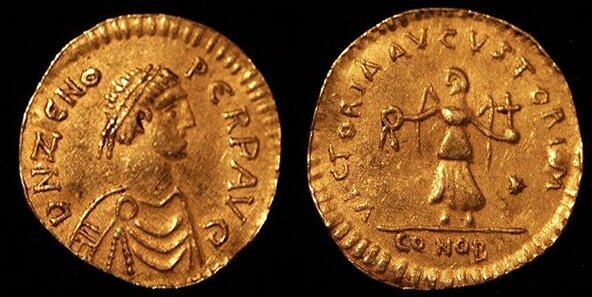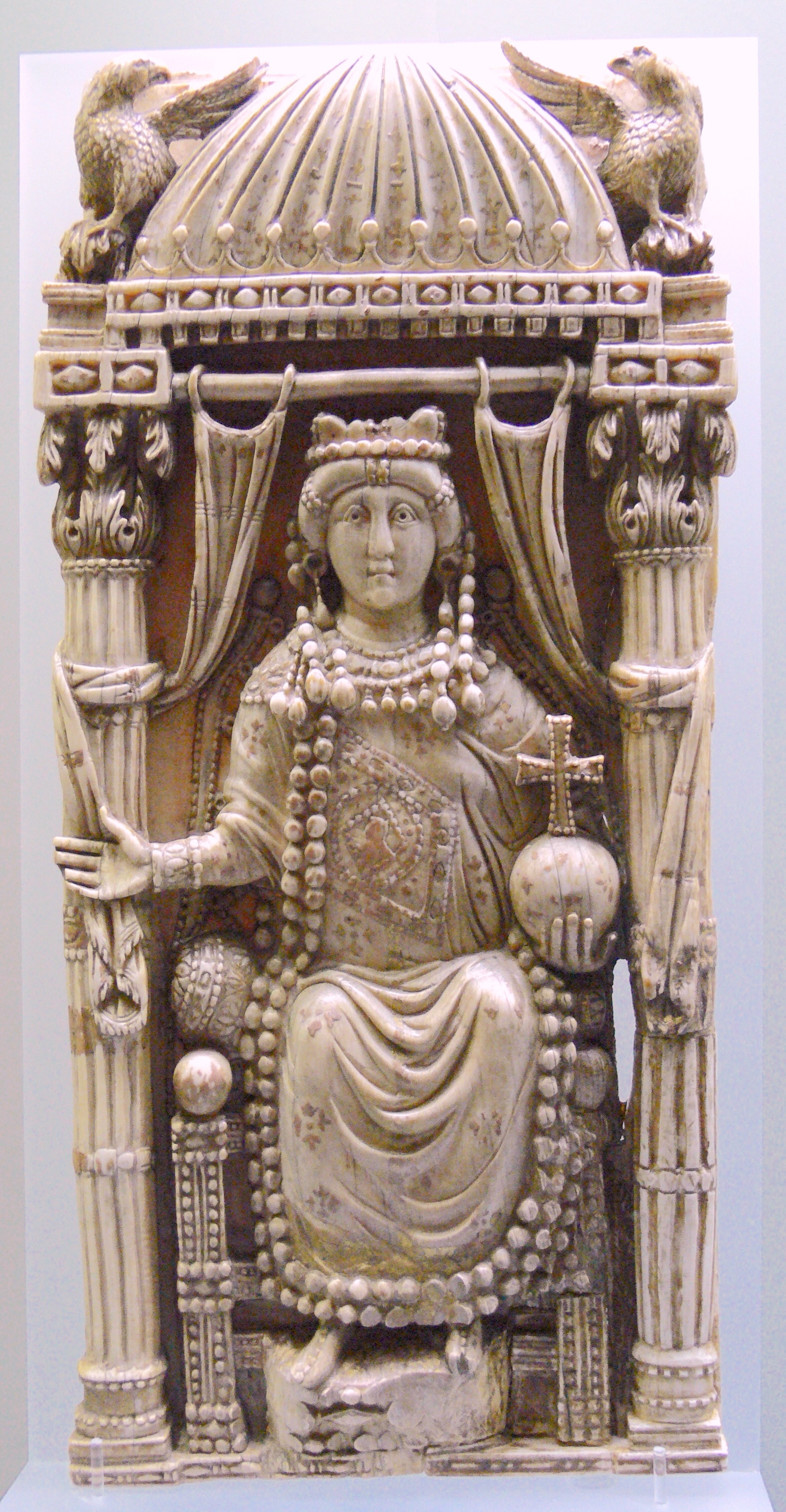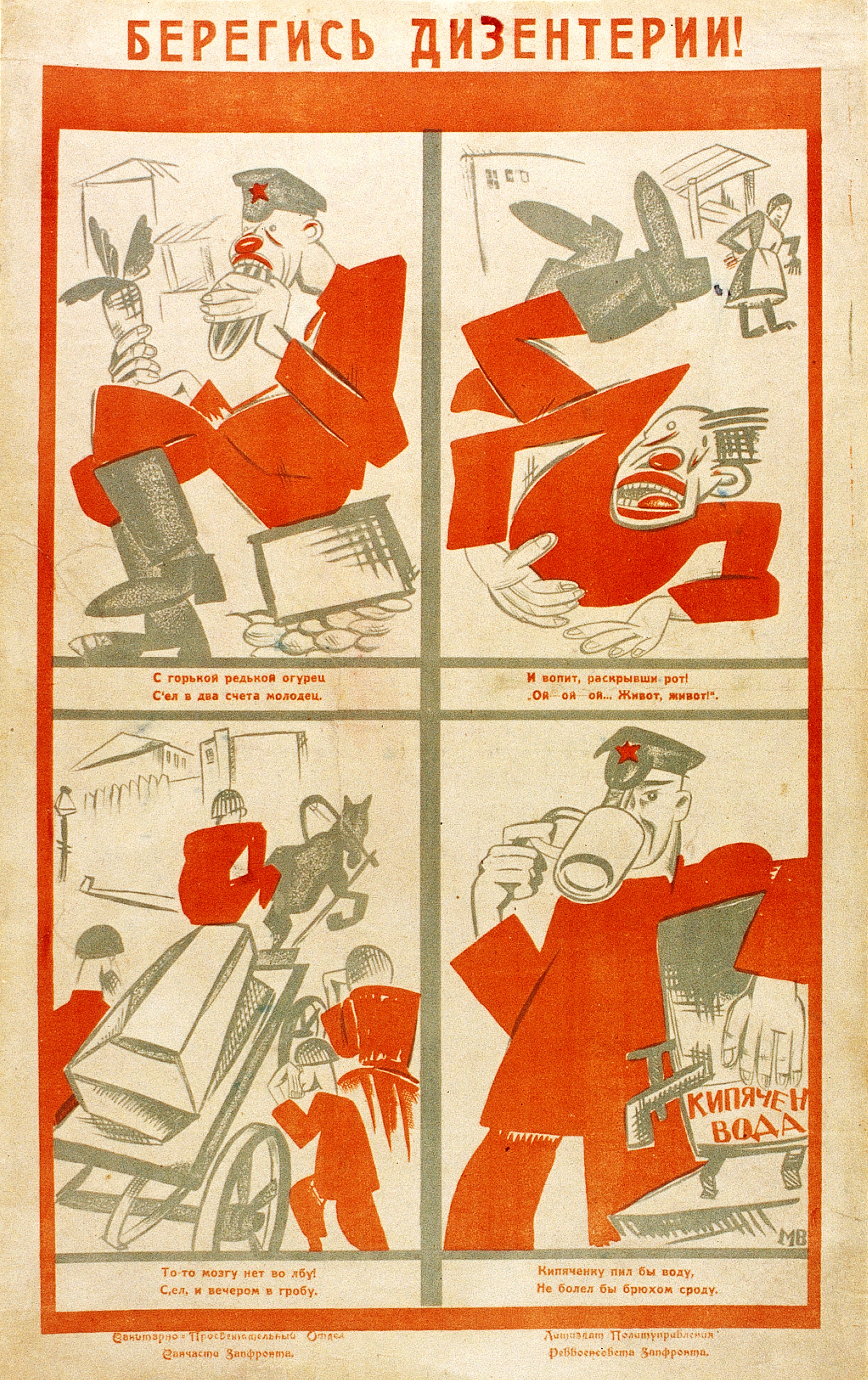|
474
__NOTOC__ Year 474 ( CDLXXIV) was a common year starting on Tuesday of the Julian calendar. At the time, it was known as the Year of the Consulship of Leo without colleague (or, less frequently, year 1227 ''Ab urbe condita''). The denomination 474 for this year has been used since the early medieval period, when the Anno Domini calendar era became the prevalent method in Europe for naming years. Events By place Roman Empire * January 18 – Emperor Leo I dies of dysentery at Constantinople, after a 17-year reign. He is succeeded by his 7-year-old grandson Leo II, who briefly becomes ruler of the Byzantine Empire. * February 9 – Zeno, father of Leo II, is crowned as co-emperor (''Augustus''). He rules the empire together with his son, and stabilises the Eastern frontier. * June 24 – Julius Nepos arrives at Portus, and marches on Ravenna. He forces Glycerius to abdicate the throne, and proclaims himself emperor of the Western Roman Empire. * Glycerius ... [...More Info...] [...Related Items...] OR: [Wikipedia] [Google] [Baidu] |
Glycerius
Glycerius (died after 474) was Roman emperor of the West from 473 to 474. He served as (commander of the palace guard) during the reign of Olybrius (), until Olybrius died in November 472. After a four-month interregnum, Glycerius was proclaimed as emperor in March 473 by Gundobad, the (master of soldiers) and power behind the throne. Very few of the events of his reign are known other than that an attempted invasion of Italy by the Visigoths was repelled by local commanders, diverting them to Gaul. Glycerius also prevented an invasion by the Ostrogoths through diplomacy, including a gift of 2,000 . Glycerius was not recognized by the Eastern Roman emperor Leo I (), who instead nominated Julius Nepos () as Western Emperor and sent him with an army to invade the Western Empire. Glycerius was without allies because Gundobad had abandoned him, and therefore was forced to abdicate on 24 June 474, and was succeeded by Nepos. He was appointed Bishop of Salona, which position ... [...More Info...] [...Related Items...] OR: [Wikipedia] [Google] [Baidu] |
Leo II (emperor)
Leo II (, ; – 474), called the Younger, briefly reigned as a child emperor of the Eastern Roman Empire from 473 to 474. He was the son of Zeno (emperor), Zeno, the Isaurian general and future emperor, and Ariadne (empress), Ariadne, a daughter of the emperor Leo I (emperor), Leo I (). Leo II was made co-emperor with his grandfather Leo I on 17 November 473, and became sole emperor on 18 January 474 after Leo I died of dysentery. His father Zeno was made co-emperor by the Byzantine Senate on 29 January, and they co-ruled for a short time before Leo II died in late 474. History Leo II, called "the Younger", was born in 467, the son of Zeno (emperor), Zeno, an Isaurian general, and Ariadne (empress), Ariadne, the daughter of then-emperor Leo I. He was the maternal grandson of Emperor Leo I (emperor), Leo I and Empress Verina. As the grandson of Leo I, Leo II had a strong claim to succeed his throne. Leo I, who was becoming increasingly ill, felt obligated to declare a successor ... [...More Info...] [...Related Items...] OR: [Wikipedia] [Google] [Baidu] |
Julius Nepos
Julius Nepos (died 9 May 480), or simply Nepos, ruled as Roman emperor of the West from 24 June 474 to 28 August 475. After losing power in Italy, Nepos retreated to his home province of Dalmatia, from which he continued to claim the western imperial title, with recognition from the Eastern Roman Empire, until he was murdered in 480. Though Nepos' successor in Italy, Romulus Augustulus (), is traditionally deemed the last western Roman emperor, Nepos is regarded by some historians as the true last emperor of the west, being the last widely recognised holder of the position. A native of Dalmatia, Nepos began his career as the semi-autonomous governor of the province, succeeding his uncle Marcellinus, a prominent general, as ('master of troops') of Dalmatia. After the death of the western emperor Anthemius (), who had been appointed by the eastern emperor Leo I (), as well as Anthemius' successor Olybrius (472), Leo sought to assert his authority in the west, granting Nepos ... [...More Info...] [...Related Items...] OR: [Wikipedia] [Google] [Baidu] |
Zeno (emperor)
Zeno (; ; – 9 April 491) was Eastern Roman emperor from 474 to 475 and again from 476 to 491. His reign was plagued by domestic revolts and religious dissension, but was more successful on the foreign front. He is credited with further stabilizing the Eastern empire, while the Western Roman Empire fell following the deposition of Romulus Augustulus. Born in Isauria, Zeno was known as Tarasis before adopting his Greek name and becoming an ally of Emperor Leo I (emperor), Leo I, who saw the Isaurian general as an important counterweight against the Germanic leader Aspar. In 466, he married Leo I's daughter, Ariadne (empress), Ariadne, with whom he had a son, Leo II (emperor), Leo. On the death of Leo I in 474, Zeno's seven-year-old son took the throne as Leo II, with Zeno made co-emperor shortly after. Leo II died of an illness later that year, leaving Zeno as the sole emperor. Despite his early success in making peace with the Vandals, Zeno was an unpopular emperor due to his ... [...More Info...] [...Related Items...] OR: [Wikipedia] [Google] [Baidu] |
Leo I (emperor)
Leo I (; 401 – 18 January 474), also known as "the Thracian" (; ), was Eastern Roman emperor from 457 to 474. He was a native of Dacia Aureliana near historic Thrace. He is sometimes surnamed with the epithet "the Great" (; ), probably to distinguish him from his young grandson and co-''augustus'' Leo II (). During his 17-year rule, he oversaw a number of ambitious political and military plans, aimed mostly at aiding the faltering Western Roman Empire and recovering its former territories. He is notable for being the first Eastern Emperor to legislate in Koine Greek rather than Late Latin. He is commemorated as a saint in the Eastern Orthodox Church, with his feast day on 20 January. Reign He was born in Thracia or in Dacia Aureliana province in the year 401 to a Thraco-Roman family. His Dacian origin is mentioned by Candidus Isaurus, while John Malalas believes that he was of Bessian Thracian stock. According to the '' Patria of Constantinople'' he had one siste ... [...More Info...] [...Related Items...] OR: [Wikipedia] [Google] [Baidu] |
Byzantine Empire
The Byzantine Empire, also known as the Eastern Roman Empire, was the continuation of the Roman Empire centred on Constantinople during late antiquity and the Middle Ages. Having survived History of the Roman Empire, the events that caused the fall of the Western Roman Empire in the 5th centuryAD, it endured until the fall of Constantinople to the Ottoman Empire in 1453. The term 'Byzantine Empire' was coined only after its demise; its citizens used the term 'Roman Empire' and called themselves 'Romans'. During the early centuries of the Roman Empire, the western provinces were Romanization (cultural), Latinised, but the eastern parts kept their Hellenistic culture. Constantine the Great, Constantine I () legalised Christianity and moved the capital to Constantinople. Theodosius I, Theodosius I () made Christianity the state religion and Greek gradually replaced Latin for official use. The empire adopted a defensive strategy and, throughout its remaining history, expe ... [...More Info...] [...Related Items...] OR: [Wikipedia] [Google] [Baidu] |
Western Roman Empire
In modern historiography, the Western Roman Empire was the western provinces of the Roman Empire, collectively, during any period in which they were administered separately from the eastern provinces by a separate, independent imperial court. Particularly during the period from AD 395 to 476, there were separate, coequal courts dividing the governance of the empire into the Western provinces and the Eastern provinces with a distinct Line of hereditary succession, imperial succession in the separate courts. The terms Western Roman Empire and Byzantine Empire, Eastern Roman Empire were coined in modern times to describe political entities that were ''de facto'' independent; contemporary Ancient Rome, Romans did not consider the Empire to have been split into two empires but viewed it as a single polity governed by two imperial courts for administrative expediency. The Western Empire collapsed in 476, and the Western imperial court in Ravenna disappeared by AD 554, at the end of Ju ... [...More Info...] [...Related Items...] OR: [Wikipedia] [Google] [Baidu] |
Archbishopric Of Split (early Medieval)
The Archdiocese of Split-Makarska (; ) is a Latin Metropolitan archdiocese of the Catholic Church in Croatia and Montenegro."Metropolitan Archdiocese of Split-Makarska" ''''. David M. Cheney. Retrieved September 25, 2016"Archdiocese of Split-Makarska" ''GCatholic.org''. Gabriel Chow. Retrieved September 25, 2016 The diocese was established in the 3rd century AD and was made an archdiocese and metropolitan see in the 10th century. The modern diocese was erec ... [...More Info...] [...Related Items...] OR: [Wikipedia] [Google] [Baidu] |
January 18
Events Pre-1600 * 474 – Seven-year-old Leo II succeeds his maternal grandfather Leo I as Byzantine emperor. He dies ten months later. * 532 – Nika riots in Constantinople fail. * 1126 – Emperor Huizong abdicates the Chinese throne in favour of his son Emperor Qinzong. * 1486 – King Henry VII of England marries Elizabeth of York, daughter of Edward IV, uniting the House of Lancaster and the House of York. * 1562 – Pope Pius IV reopens the Council of Trent for its third and final session. * 1586 – The magnitude 7.9 Tenshō earthquake strikes Honshu, Japan, killing 8,000 people and triggering a tsunami. 1601–1900 * 1670 – Henry Morgan captures Panama. * 1701 – Frederick I crowns himself King in Prussia in Königsberg. * 1778 – James Cook is the first known European to discover the Hawaiian Islands, which he names the "Sandwich Islands". * 1788 – The first elements of the First Fleet carrying 7 ... [...More Info...] [...Related Items...] OR: [Wikipedia] [Google] [Baidu] |
Dysentery
Dysentery ( , ), historically known as the bloody flux, is a type of gastroenteritis that results in bloody diarrhea. Other symptoms may include fever, abdominal pain, and a feeling of incomplete defecation. Complications may include dehydration. The cause of dysentery is usually the bacteria from genus '' Shigella'', in which case it is known as shigellosis, or the amoeba '' Entamoeba histolytica''; then it is called amoebiasis. Other causes may include certain chemicals, other bacteria, other protozoa, or parasitic worms. It may spread between people. Risk factors include contamination of food and water with feces due to poor sanitation. The underlying mechanism involves inflammation of the intestine, especially of the colon. Efforts to prevent dysentery include hand washing and food safety measures while traveling in countries of high risk. While the condition generally resolves on its own within a week, drinking sufficient fluids such as oral rehydration solutio ... [...More Info...] [...Related Items...] OR: [Wikipedia] [Google] [Baidu] |
February 9
Events Pre-1600 * 474 – Zeno (emperor), Zeno is crowned as co-emperor of the Byzantine Empire, Eastern Roman Empire *1003 – Boleslaus III, Duke of Bohemia, Boleslaus III is restored to authority with armed support from Bolesław I the Brave of Greater Poland, Poland. *1098 – A First Crusade army led by Bohemond of Taranto wins a Battle of the Lake of Antioch, major battle against the Seljuk Empire, Seljuq emir Ridwan of Aleppo during the siege of Antioch *1539 – The first recorded race is held on Chester Racecourse, known as the Roodee. *1555 – Bishop of Gloucester John Hooper (bishop), John Hooper is burned at the stake. 1601–1900 *1621 – Pope Gregory XV, Gregory XV becomes Pope, the last Pope Papal election, elected by acclamation (papal elections), acclamation. *1654 – The Capture of Fort Rocher takes place during the Anglo-Spanish War (1654–1660), Anglo-Spanish War. *1775 – American Revolutionary War: The Parliament of Gre ... [...More Info...] [...Related Items...] OR: [Wikipedia] [Google] [Baidu] |
Anno Domini
The terms (AD) and before Christ (BC) are used when designating years in the Gregorian calendar, Gregorian and Julian calendar, Julian calendars. The term is Medieval Latin and means "in the year of the Lord" but is often presented using "our Lord" instead of "the Lord", taken from the full original phrase "", which translates to "in the year of our Lord Jesus Christ". The form "BC" is specific to English language, English, and equivalent abbreviations are used in other languages: the Latin (language), Latin form, rarely used in English, is (ACN) or (AC). This calendar era takes as its epoch (date reference), epoch the traditionally reckoned year of the annunciation, conception or Nativity of Jesus, birth of Jesus. Years ''AD'' are counted forward since that epoch and years ''BC'' are counted backward from the epoch. There is no year zero in this scheme; thus the year AD 1 immediately follows the year 1 BC. This dating system was devised in 525 by Dionysius Exiguus but was ... [...More Info...] [...Related Items...] OR: [Wikipedia] [Google] [Baidu] |





